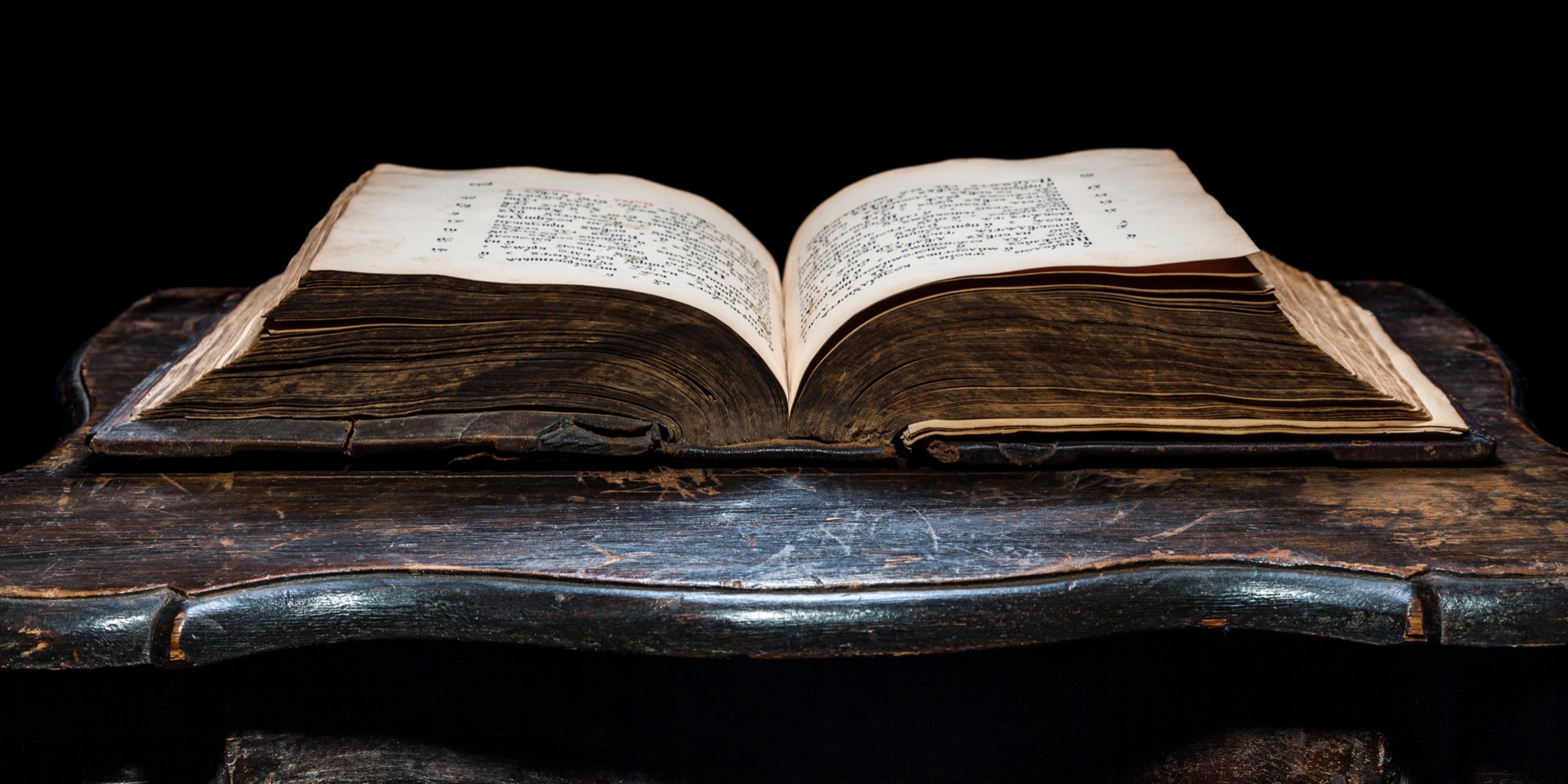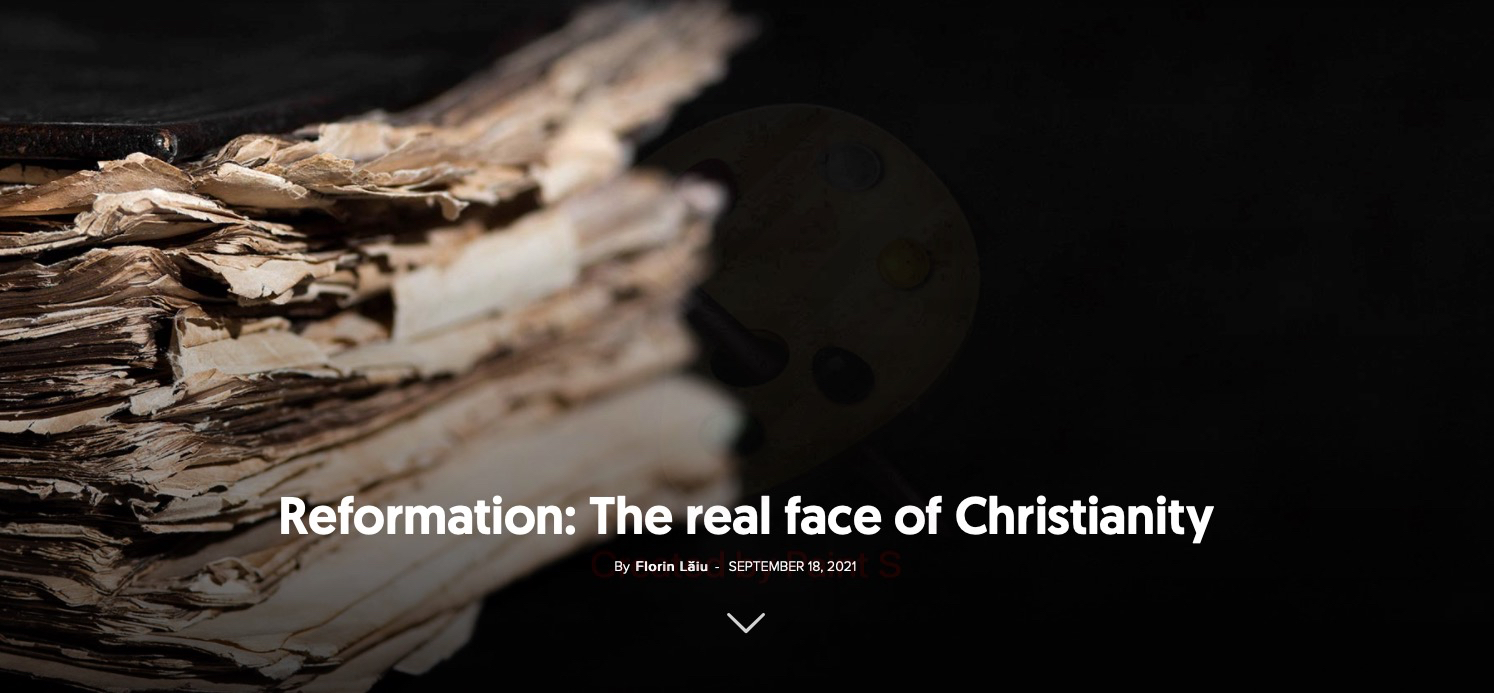The Carolingian Renaissance must be understood as a “reform and reconfiguration of all peoples under the reign of Charles, with a view to creating a Christian territory in its institutional structures, moral conduct, and personal convictions.”[1]
“Before them all, reluctantly draped in Roman garb, stood Karl. A ferocious blur across the mediaeval map… a storm and wresting new corners of his empire from the hands of his enemies… The pope placed the imperial crown on Karl’s head, fulfilling years of planning in a single swift gesture… And then, in an act of ceremonial self-abasement that would long haunt the pope, Leo knelt before Karl—the first emperor in Rome in nearly 400 years.”[2] It was the year 800.
The rise
The glorious history of Charlemagne had begun 32 years earlier. After his father’s death, Charles shared the Frankish Kingdom with his brother, Carloman. However, Carloman died in 771 and Charles became the sole ruler of the Frankish Kingdom, taking over Carloman’s territories. From that moment until the year 800, his reign is characterised by wars and incessant expansion.
Charlemagne’s dream of creating a united Europe would influence history in a significant way. Immediately after his own coronation, Napoleon went to visit the grave of Charles, as a symbol of identification with his great aspiration.
At his coronation as emperor, Charles was the master of the territories known today as France, Benelux, Germany (without the northeastern part), Austria, the Czech Republic, and northern Italy. His objective was not the revival of the former Roman Empire, but the creation of a Christian empire in Europe. This new type of attitude towards Christianity, promoted by Charles and rewarded by the pope, would become the dominant philosophy in European Christianity, which led to the wars of conversion of the pagans and the expulsion of the Muslims.
The Carolingian Renaissance
Charlemagne, however, also left behind another legacy. The cultural and academic flourishing along with the social transformations of his time constituted the Carolingian Renaissance, a preamble to the Renaissance of the 14th-17th centuries.
“Had he lived at a later time,” writes Dale Evva Gelfand, “Charlemagne may well have headed up a huge multinational corporation. He probably would have been enormously successful at it, too… From the law to education to social improvements to public works, he was a tireless innovator and reformer. A noble man in all senses of the word, Charlemagne used his keen intellect and determination in the service of his people, whether rich or poor.” [3]
Education reform
The most significant initiative of Charlemagne that had long-lasting effects was the development of education. Although he was semi-illiterate, Charles had immense admiration for education, being convinced that it prepared people for the religious knowledge that leads to the salvation of the soul.
Thus, by royal decree, in 784, he laid the foundations for the establishment of schools in cathedrals and monasteries, both for clergy and laity. He then sought to eliminate the differences between serfs and free people, so they could all study together. The emperor, his wife and his children were among the first to be integrated into the educational system. Charlemagne studied sciences, law, literature, theology, rhetoric, astronomy, and other subjects.
Charlemagne’s lesson
It is said that, impressed by some poor students, Charles addressed them as follows: “My children, you have found much favour with me because you have tried with all your strength to carry out my orders and win advantage for yourselves…and I will give you bishoprics and splendid monasteries and you shall be always honourable in my eyes.”
Then he turned to the children of the nobles: “You nobles, you sons of my chiefs, you superfine dandies, you have trusted to your birth and your possessions and have set at nought my orders to your own advancement… By the King of Heaven, I take no account of your noble birth and your fine looks. Know this for certain, that unless you make up for your former sloth by vigorous study, you will never get any favour from Charles.”[4]
The vision of the team
In his courageous and visionary approach, Charlemagne enjoyed the support of the Anglo-Saxon Benedictine monk Albin Alcuin (732-804). At Charlemagne’s insistence, he came to Aachen, becoming what we call today a Minister of Education.
By adopting the classical Roman model and enriching it with elements taken from the Irish and Saxons, Alcuin created a curriculum designed to facilitate the development of critical thinking. Alcuin’s curriculum included the seven liberal arts: grammar, rhetoric, logic (the trivium), geometry, arithmetic, astronomy, and music (the quadrivium).
In addition to Alcuin, many other scholars of the time came to the royal court, such as Peter of Pisa, a notable grammarian; Paul the Deacon, a historian from Italy; Theodulf, Visigoth from Spain, who not only developed teaching at all levels and established libraries, but also improved the legal system; and Einhard, the royal biographer of Frankish origin. Other cultured people and intellectuals of the time came from all parts of the empire to teach in the Carolingian schools as well.
Charlemagne’s reforms laid the foundation for the development of European thought in many fields, and the great universities of Europe were to be born from the schools he founded.















